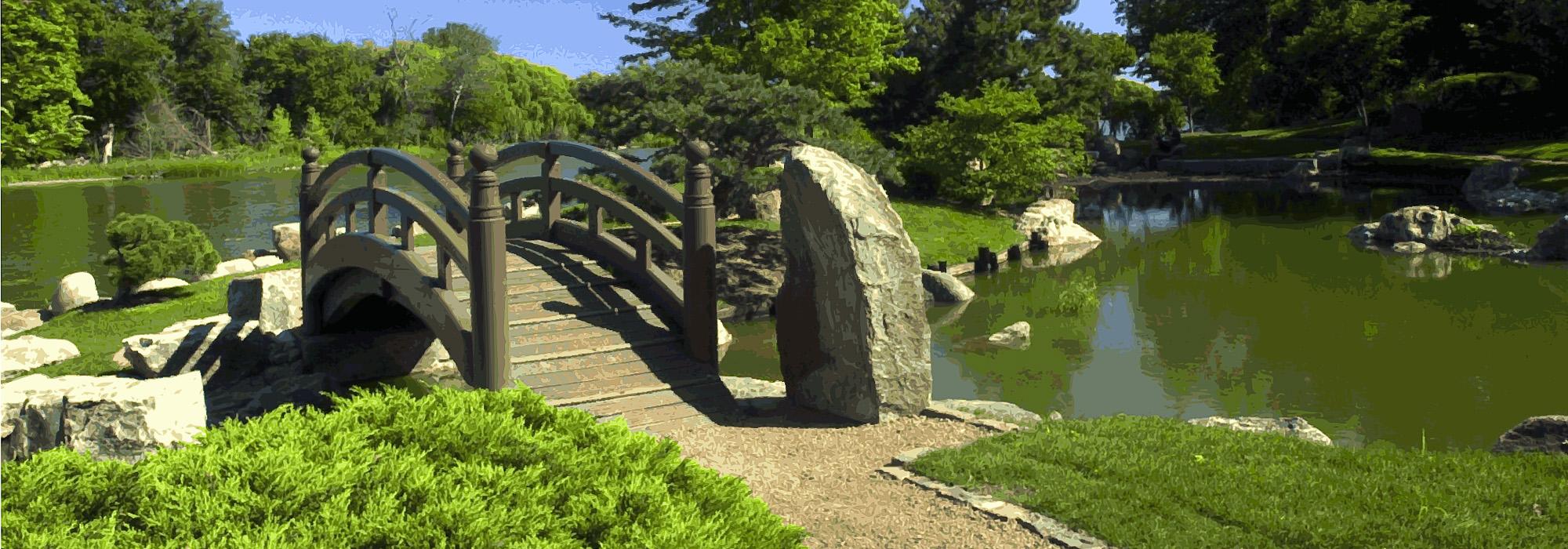It Takes One: Julia Bachrach
My undergraduate degree is in historic preservation from Roger Williams University and my Master’s of Science is in Landscape Architecture and Cultural Resource Preservation from the University of Wisconsin at Madison—-I studied at the latter with Bill Tishler who was a great mentor. After grad school I worked as the Preservation Coordinator for the City of Highland Park, where I met and began working with Jo Ann Nathan. During that time we conducted one of the first surveys of designed historic landscapes in the region. Highland Park’s rich landscape legacy provided many fascinating projects and we both immediately became interested in the work and ideas of Prairie Style landscape architect Jens Jensen. A few years later, in 1988, after the Chicago Park District discovered a cache of archives in a sub-basement vault under Soldier Field I was hired as a consultant. The following year, I was given a more permanent position as Planning Supervisor. I worked with an architectural historian and an archivist, setting up the archives, documenting the parks and nominating them to the National Register of Historic Places. In 1989, I began producing National Historic Landmark nominations as well (which includes Jensen’s Columbus Park in 2003 and Alfred Caldwell’s Lily Pool in 2006). During my time with the Park District, I have also written and received preservation grants, contributed to master plans, curated exhibits and written books and other publications related to the history of Chicago’s parks.
How would you define a cultural landscape?
A physical space that has been designed, shaped or significantly impacted by human beings. To this end, I believe that urban parks are among the most interesting of America’s historic resources because they have so much meaning in people’s everyday lives. In addition to their value as important works of design, people love the parks for so many different reasons. They are truly democratic places where people do and have done so may different activities including political demonstrations and other public gatherings, to the full spectrum of sports, educational programs, movies in the parks, the arts, etc.
Why did you get involved in the landscape that was threatened in your community?
Throughout my career I have been committed to preserving historic landscapes. When I worked in Highland Park, and found out about the discovery of the archives in Chicago, I was fascinated and intrigued. Walter Netsch, a famous architect who recently passed away, was a member of our Board of Commissioners of the Park District at that time, and he believed it important to have a historic preservationist on staff. He encouraged Ed Uhlir, an architect on staff (who had made the discovery of drawings) and was most recently the project manager for Chicago’s new Millennium Park, to create the position and Ed hired me. It was an exciting and marvelous opportunity. Even though twenty years have past, it still feels like a new job. I’m always learning new things and getting involved in all kinds of new projects! More than half of the park district’s 7200 acres of land is historically significant, so I will continue to be busy for some time!
How did your understanding of this landscape change as a result of your advocacy efforts?
When I first started, I was a purist, hoping to preserve and restore everything. Over the years, I have come to realize that we can‘t freeze Chicago’s parks as museum pieces. To remain viable and vital in the future, people have to use the parks. But it is important that people understand them, love them, and feel a spiritual connection with them. So over the years, the careful process of research and documentation and working on educational projects became increasingly important to me. I consider my main job with the city to be a cheerleader.
Did the understanding of others change as well? If so, how?
I think that’s how I’ve been most effective--leading a lot of tours, giving lectures, curating exhibits, delivering pod casts, and authoring two books: The City in a Garden: A Photographic History of Chicago's Parks (2001) and Inspired by Nature: The Garfield Park Conservatory and Chicago’s West Side (2008)–- the latter a project co-authored by my long term protégé and Jens Jensen “groupie”, Jo Ann Nathan. In all of this work, it has been important to keep getting the message out and building advocacy for protecting these precious places.
What is the message that you would like to give our readers that may inspire them to make a difference?
The most important thing is that people make informed decisions. I am very opinionated and not everyone will always agree with me (much to my chagrin!). But the real tragedy, and travesty, is when decisions are made or actions are taken out of ignorance. If everyone does their homework, and everyone has a fair opportunity to review the information, and the decision does not go in favor of preservation, or a different approach is made than I would have preferred, I can accept it. If it’s simply a lack of knowledge or understanding, then we have failed as stewards, and squandered something of great value that can probably never be replicated.







